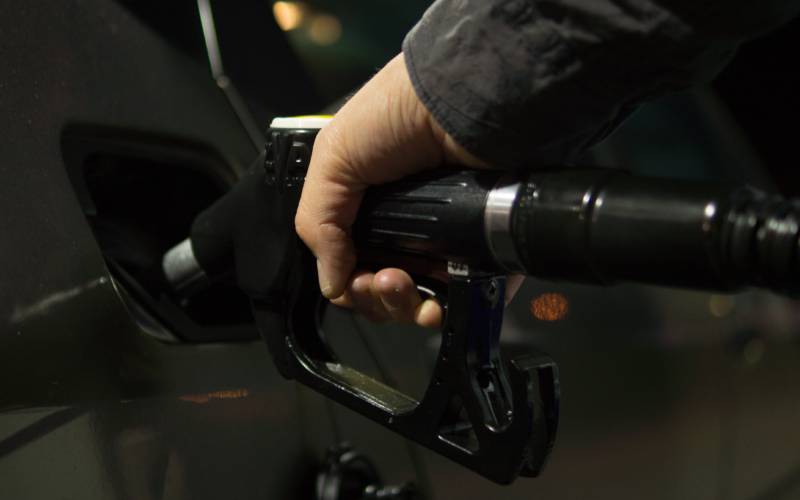The MILE21-LIFEproject team is providing Europe’s consumers with accurate fuel consumption data and offering efficient driving tips.
Passenger cars are responsible for around 12 per cent of the EU’s total CO2 emissions. Also, there is a difference between fuel consumption reported by vehicle manufacturers in official tests and how much is used under real driving conditions.
The multi-country MILE21-LIFE project has developed a web platform that gives consumers the opportunity to view and compare actual fuel consumption and emissions for a wide range of car models sold in the EU. The platform also allows users to track their fuel consumption.
“Drivers are losing trust in vehicle manufacturers’ fuel consumption and emissions figures. This, in turn, can negatively impact EU environmental commitments,” says MILE21-LIFE project coordinator Zissis SAMARAS from the Aristotle University of Thessaloniki in Greece.
These commitments include the EU’s 2019 Clean Vehicles Directive and the recent Fit for 55 legislative proposals that aim at reaching the EU’s 2030 goal of cutting emissions by 55 per cent and reaching net-zero by 2050.
The web platform has already gathered a lot of data from many car models across the continent. These data show that actual consumption exceeds official figures by between 20 and 30 per cent.
This means that drivers in the EU spend more money on fuel than previously thought. It also means that the information they received when buying their car is not representative of real driving conditions. And CO2 emissions are higher than expected.
Results also show that following the project’s efficient driving tips could reduce fuel consumption by around 0.3 litres per 100 km. This means fewer emissions and fuel savings of around €90 for those who drive 20,000 km a year. The tips include advice on what speed to travel at and how to control heating or air conditioning better.
The data collected under the project are important as they can show whether emission reduction policies are working, highlight any problems and enhance policymaking.
The green transition cannot happen without more EU consumer involvement. The LIFE MILE-21 project embodies this spirit of coming together to protect our environment.
This post Helping Europe’s consumers to track fuel consumption was originally published on CINEA News | European Commission.
Feature image by SkitterPhoto via Pexels.


